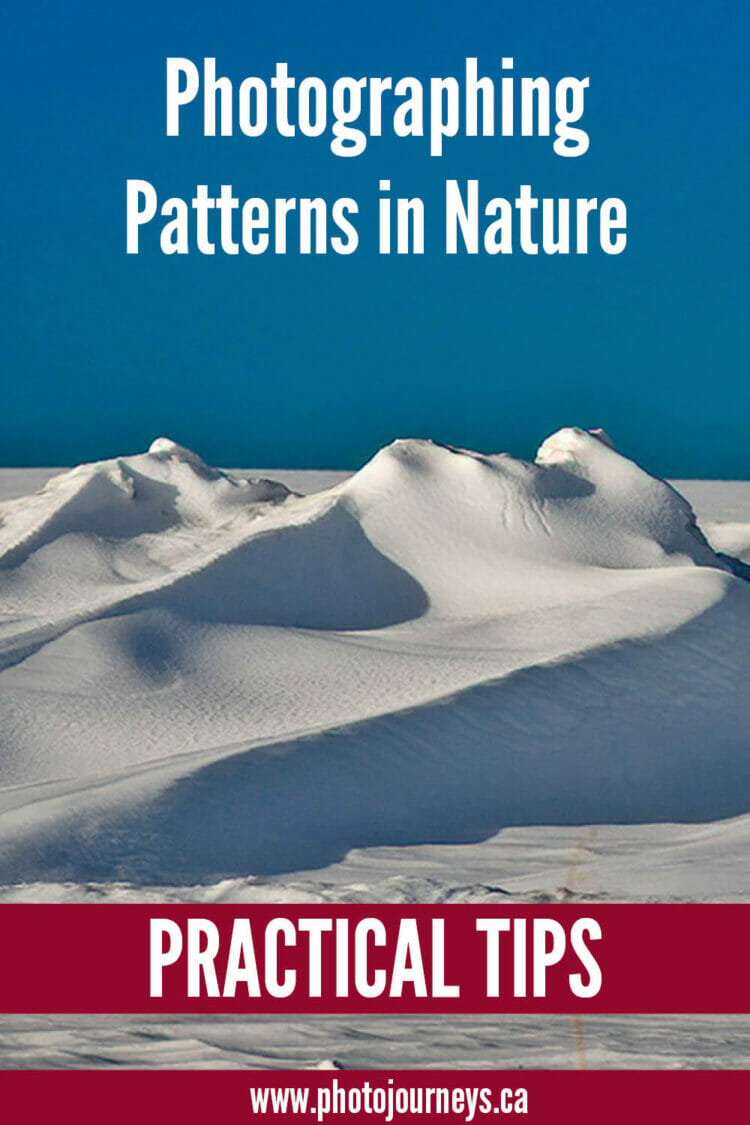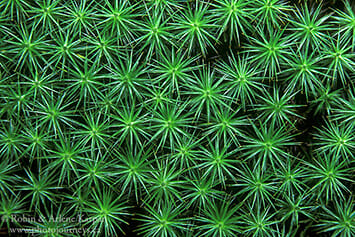
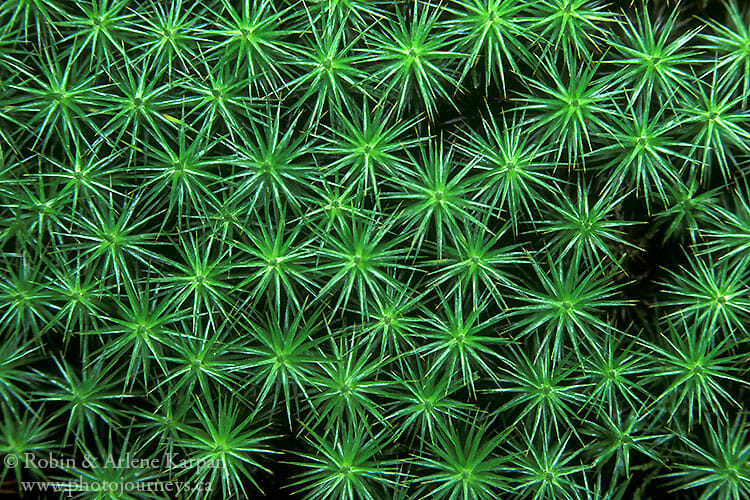
The patterns of nature are all around us. We find them in ice, snow, rocks, sand, water, leaves, lichen, spider webs, the texture of tree bark, to mention only a few. It’s a type of photography that is very accessible and easy to do. While we certainly can find great opportunities in grand landscapes, we can find equally compelling compositions by simply going for a walk in the forest, through a garden, or along a river.
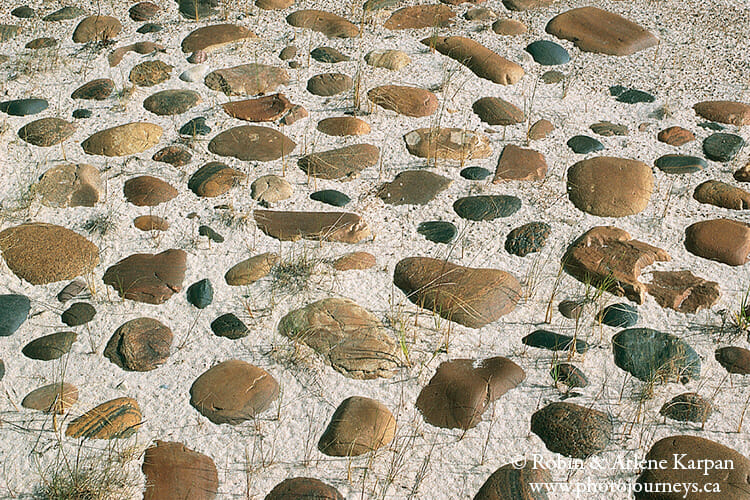
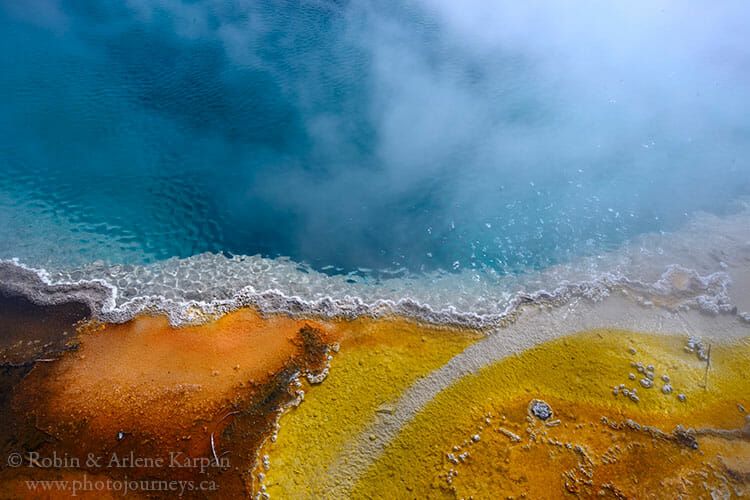
Isolate part of the scene
Rather than looking at the big picture and trying to get it all in, we isolate a part of the scene and eliminate distractions for a more intimate interpretation of the landscape. This also helps to cut through the chaos, since nature is often quite messy. The forest floor, for example, might have a hodge-podge of different plants, sticks, dead branches, and assorted debris scattered around. But if we zoom in to a group of similar-looking mosses growing together in a cluster (such as in the opening photo), it makes a more pleasing image.
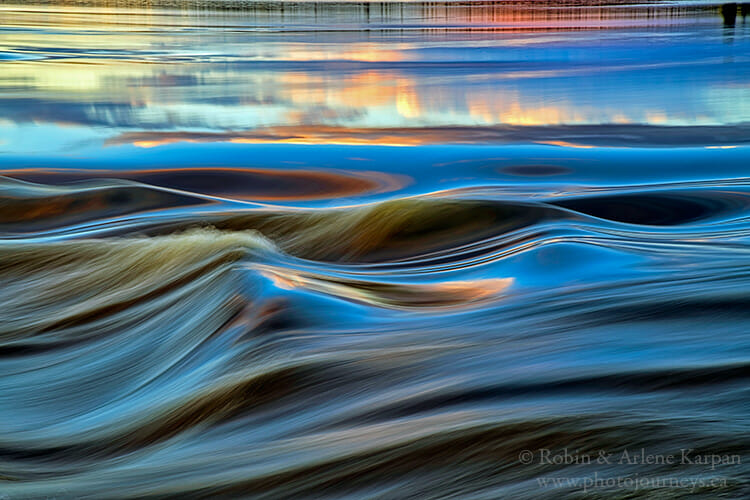
Repetition
Including repeating shapes is one of the most popular approaches to pattern photography. This could be moss on the forest floor, seams in the rock, a series of stacked mountain ridges or sand dunes, and thousands of other possibilities. A variation to this is to have mostly repeating shapes but also something that breaks the pattern and provides a surprising element.
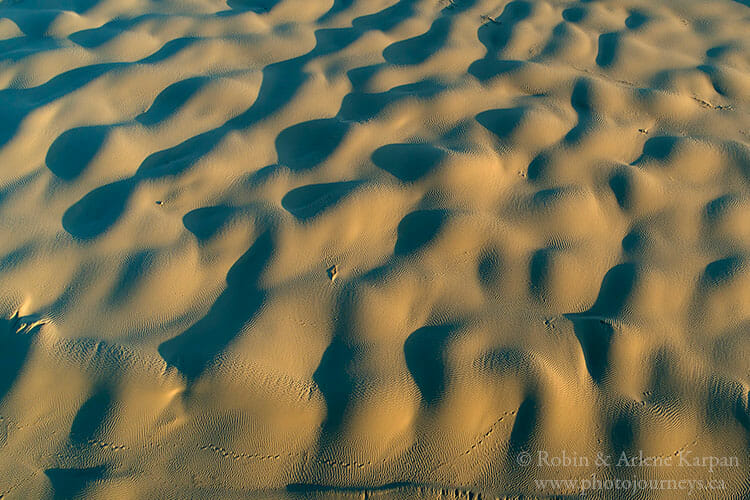
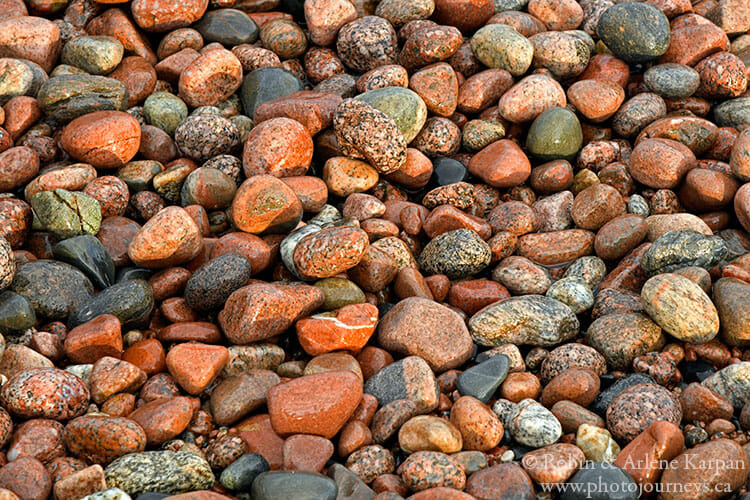
It’s all about the light
Strong light, especially when the sun is low in the sky, is essential to accentuate patterns in many images. For example, photos such as sand ripples are mostly about patterns of highlights and shadows and wouldn’t work nearly as well in flat light. But in some cases, flat light is exactly what we need. Photos of plants, such as the opening image, need soft, even light in order to bring out fine details that would otherwise get lost in harsh, contrasty light.
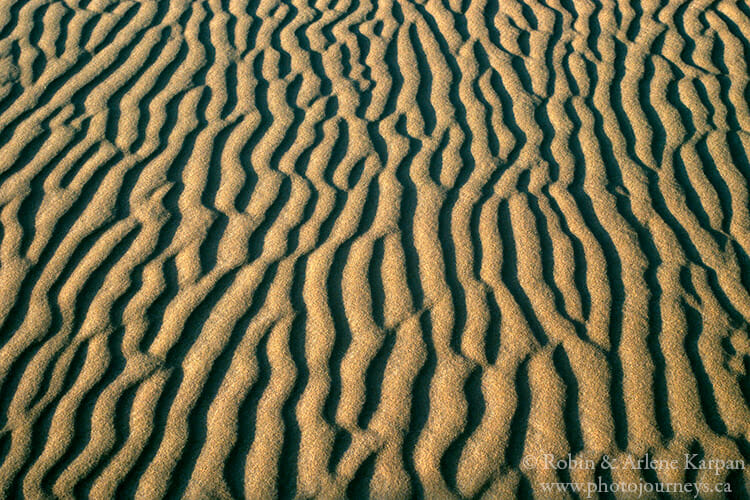
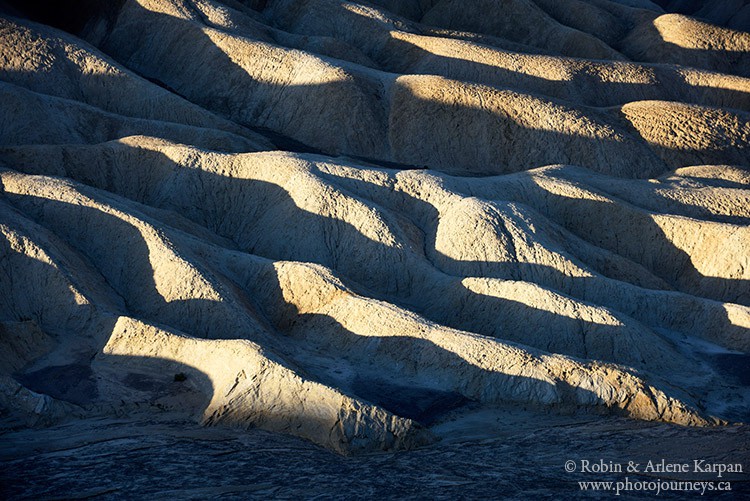
Get up close – though not always
In most cases, it’s easier to find interesting patterns when we get up close, such as on the forest floor or lichen covering a rock. Many photographers go a step further and use a macro lens to really focus on fine details. But don’t overlook larger vistas. The next image covers a series of fairly large sand ridges, but we took the shot using a telephoto lens to isolate just the areas that we wanted.
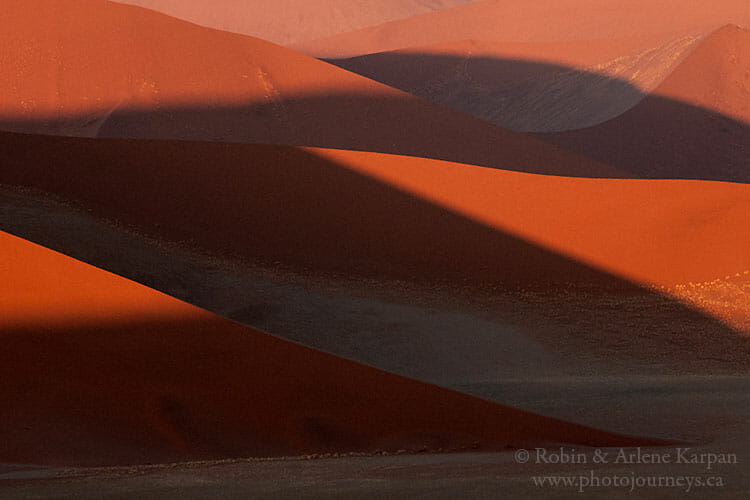
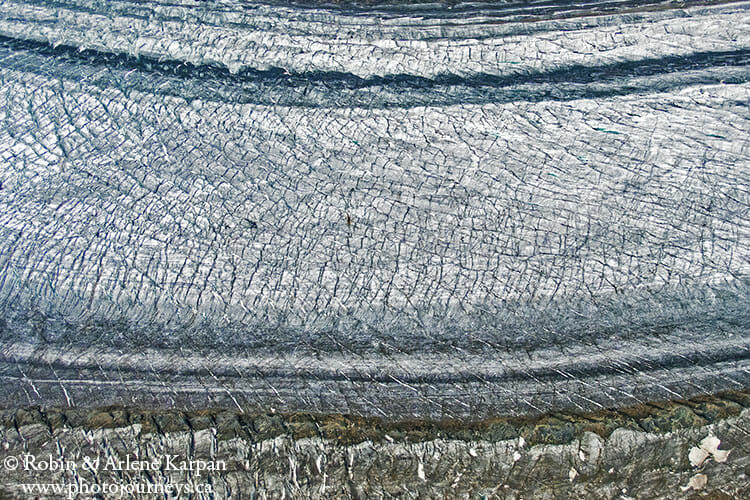
Abstracts
A great part of photographing patterns is that we can decide to keep it real or to add a bit of mystery. The photos of moss or rocks are still recognizable as moss and rocks. But sometimes we can frame an image so that viewers are intrigued or wonder what the heck they’re looking at. The following photo is a section of the William River in northern Saskatchewan where it flows through the Athabasca Sand Dunes. The river bed is clogged with sand, with the different colours indicating different depths of sand under the water surface. But when we look at this scene for the first time, it isn’t immediately obvious that this is a river.
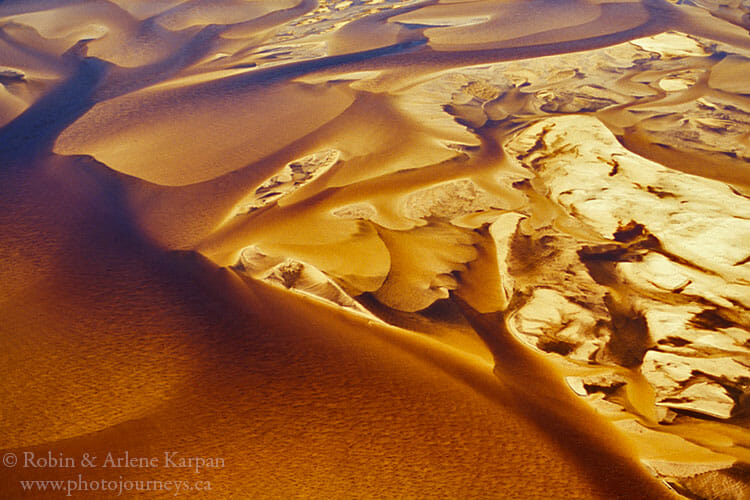
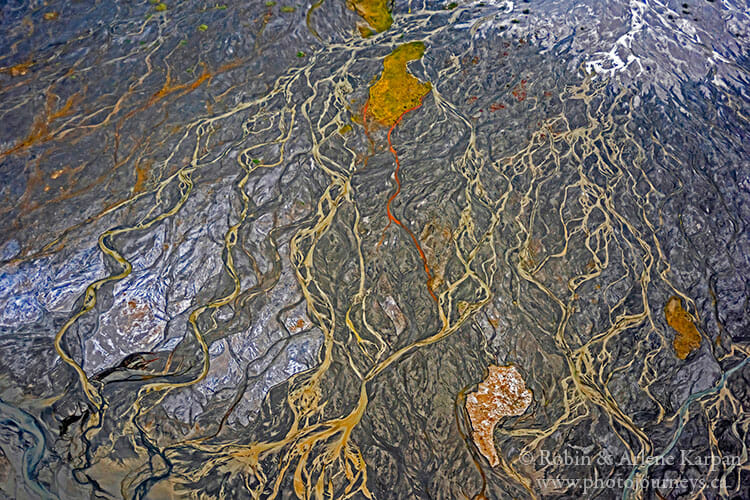
Getting the shot
Many pattern shots are fairly straightforward and can be taken hand-held, though using a tripod is always best. For larger landscapes, a telephoto lens is handy to help you zoom in to a specific part of the scene. When you get in close, it’s usually best to use a wide lens or use a small aperture (such as f/16 or f/22) opening to maximize the depth of field and get sharp focus throughout the scene. Another way to help sharpness across the frame is to try to get directly over the subject as much as possible rather than taking the shot at an angle. Above all, try different things and have fun chasing patterns.
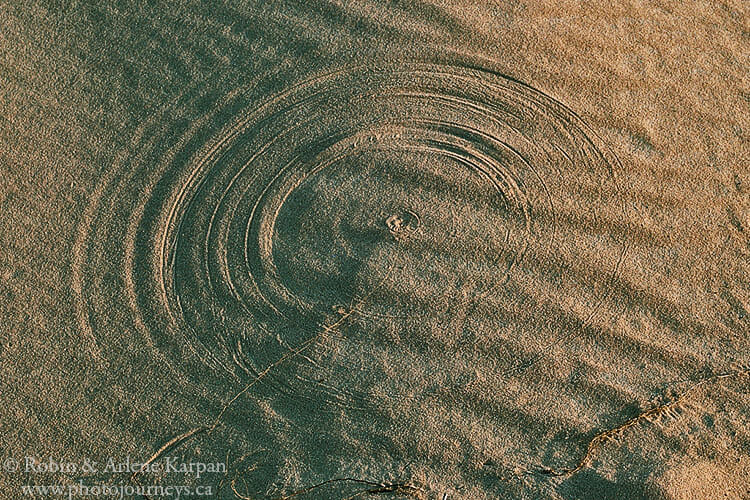
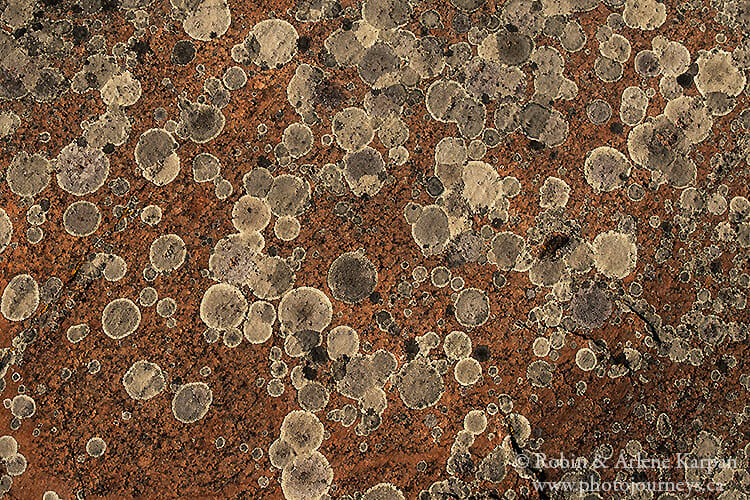
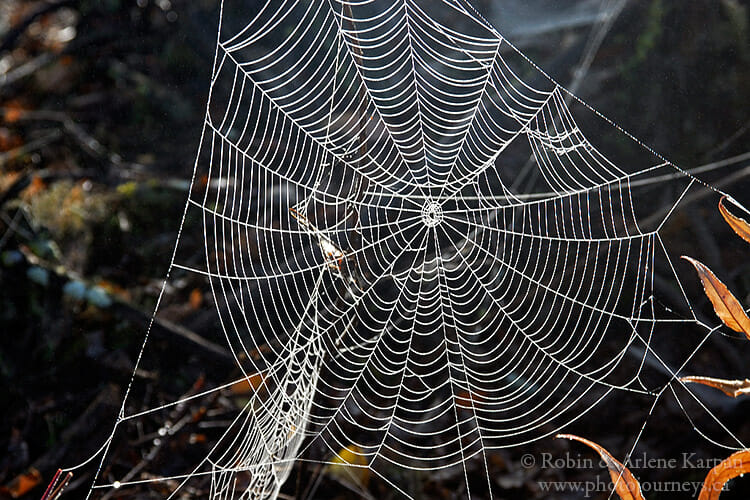
Other articles on photography that you might enjoy on Photojourneys
- How shooting in RAW gives you better control over your photo content
- Using a telephoto lens for landscape photography
- Discover the benefits of using Auto ISO for wildlife photography
- Some tips to consider to improve your bird photography
SUBSCRIBE to Photojourneys below
Feel free to PIN this article on Patterns in Nature
